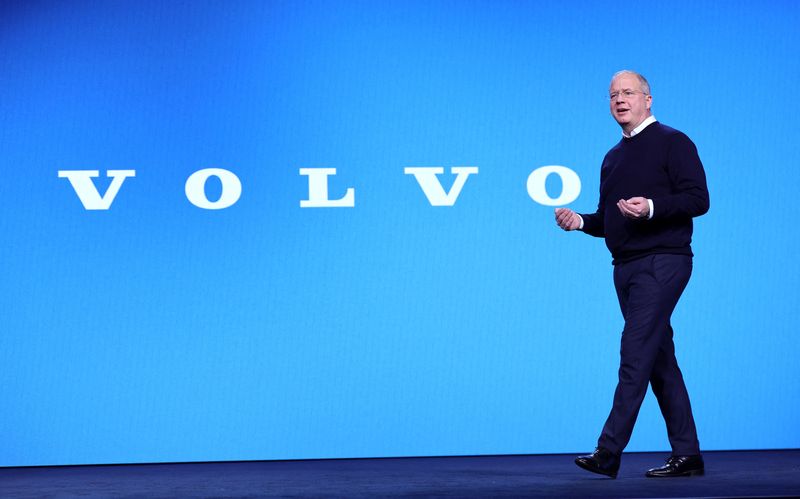When it comes to businesses, a retainer fee is one of the most common terms used. The retainer fee is mostly used by small businesses that don’t have enough money to afford a full-time employee. The retainer fee is also used by businesses who want to keep an employee on staff but don’t need them to work full time.
In this article, we will discuss the definition of a retainer fee, how it works, and some examples. So if you are a business owner or an employee who is thinking about getting a retainer fee, this article is for you.
What is a Retainer Fee
A retainer fee is an upfront payment made by a client to a service provider for the service provider to reserve their time and resources for the client’s project. The retainer fee is usually a percentage of the total project cost. For example, if the total project cost is $5,000, the retainer fee might be $1,000.
The retainer fee allows businesses to have a certain amount of control over the service provider’s time and resources. This type of fee is common in professions such as law, consulting, web design, and public relations.
In simple words, it is a type of contract between the client and the service provider in which the client pays an upfront fee to the service provider for their time and resources.
How Does it Work
The retainer fee works like a deposit. The client pays the service provider an upfront fee, and the service provider reserves their time and resources for the client’s project. The service provider can use the retainer fee to cover their costs, such as materials, equipment, and other expenses.
Once the project is completed, the client will pay the remainder of the project cost. If the project costs less than the retainer fee, the client will get a refund. You can consider it as a freelance contract where the client is paying for the freelancer’s time, and not just the project.
Example of the retainer fee
Let’s say you are a web designer, and you have been approached by a client who wants you to design a website for their business. The client has told you that they are willing to pay a retainer fee of $1,000.
This means that the client will pay you an upfront fee of $1,000, and you will reserve your time and resources for the client’s project. Once the project is completed, the client will pay the remainder of the project cost.
If the project costs less than $1,000, the client will get a refund. However, if the project costs more than $1,000, the client will have to pay the additional cost.
Conclusion
So there you have it. This is what a retainer fee is and how it works. We hope this article has helped you understand this concept better. If you are a business owner or an employee, we recommend that you consider getting a retainer fee to secure your time and resources.
Further questions
What's your question? Ask it in the discussion forum
Have an answer to the questions below? Post it here or in the forum




